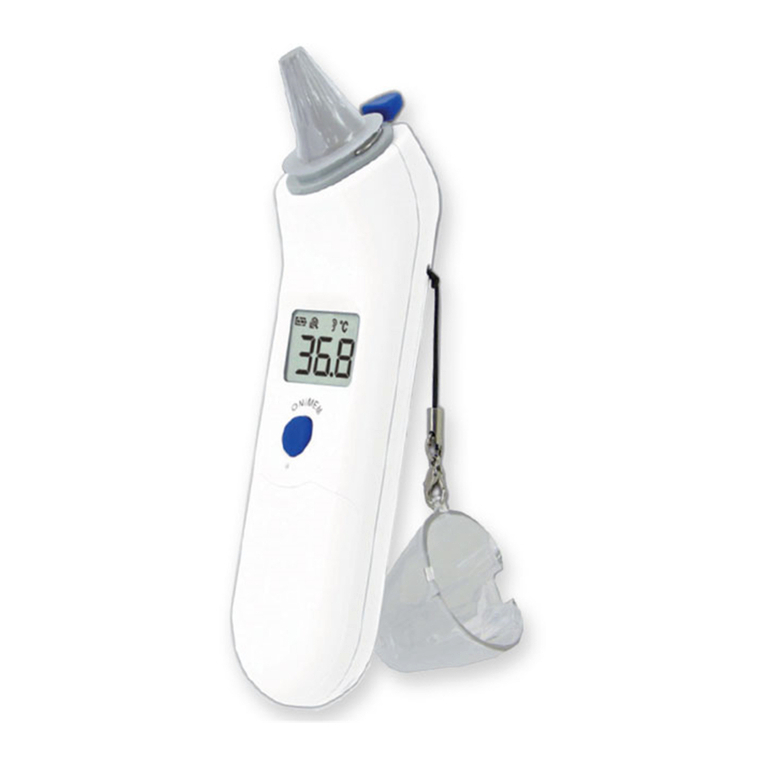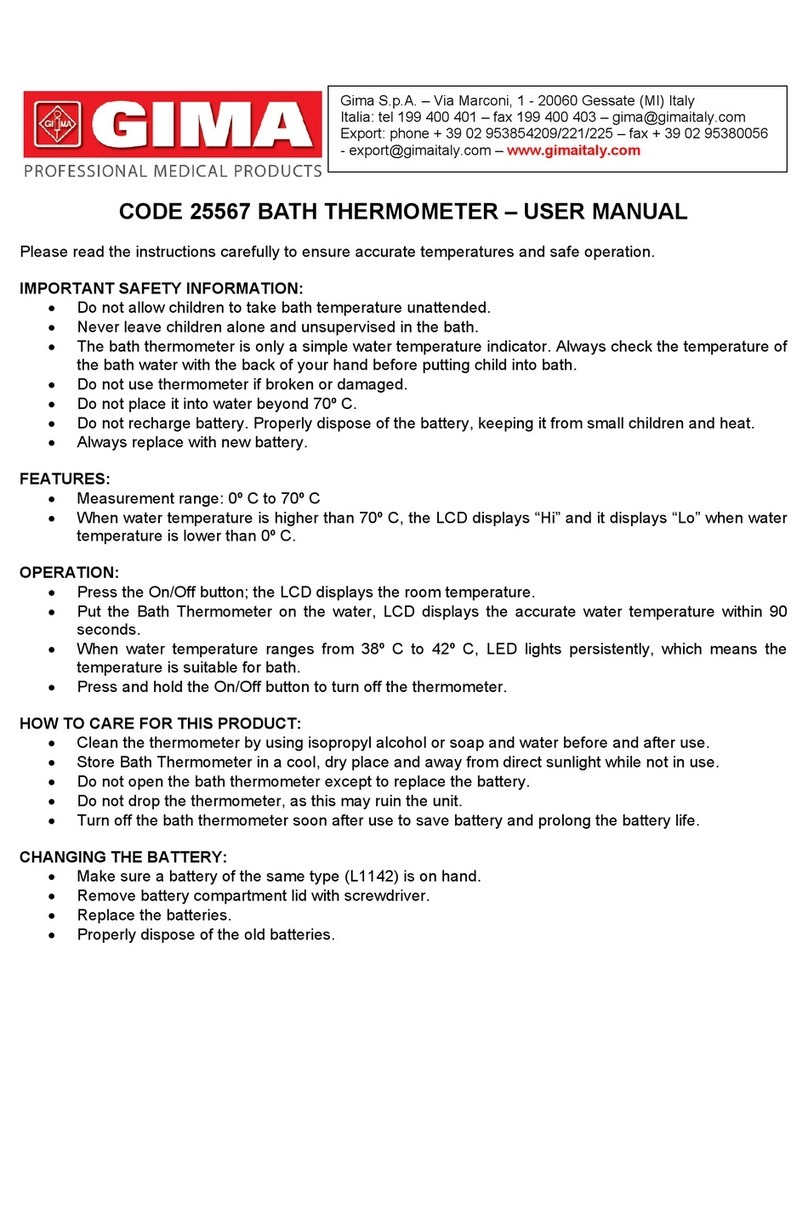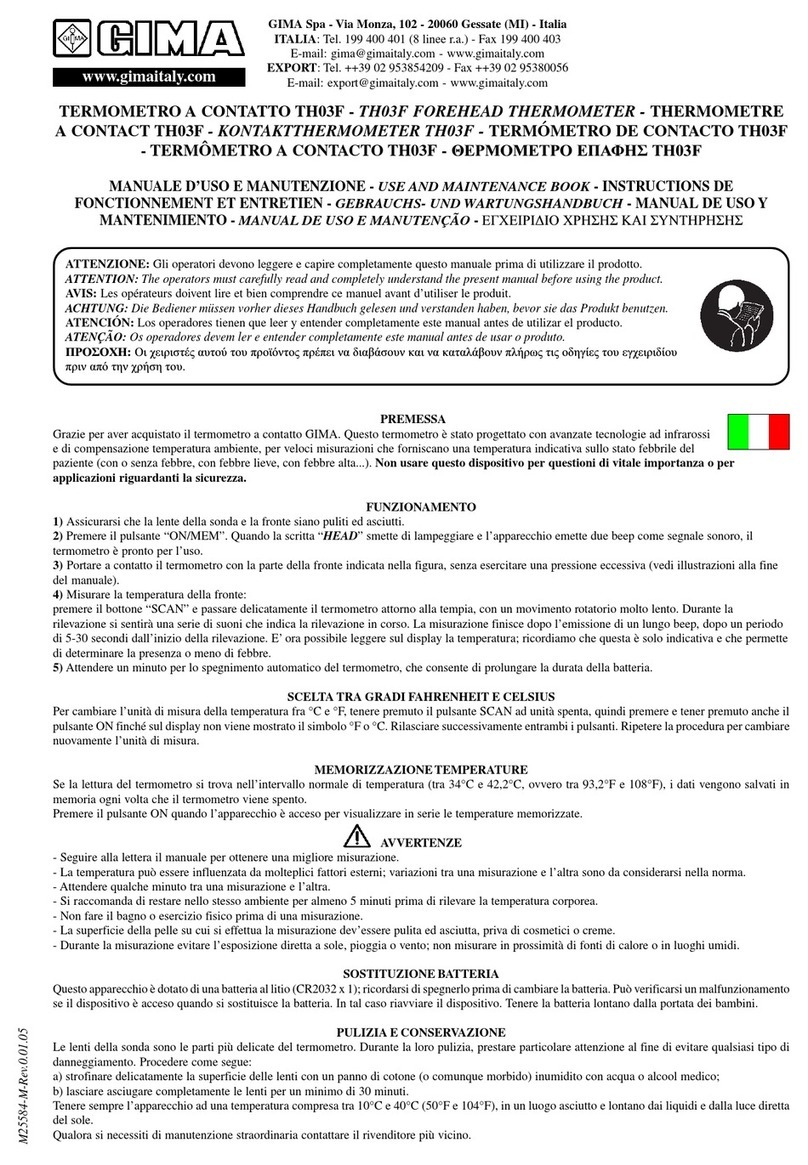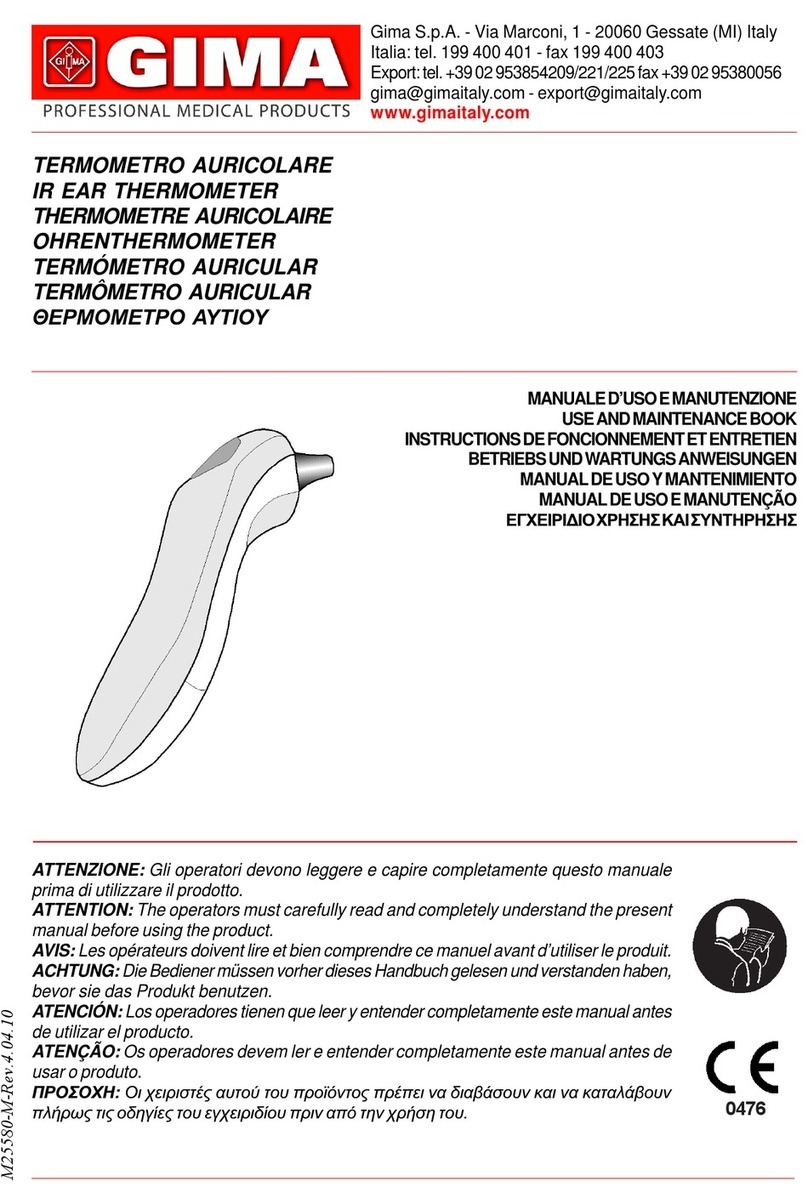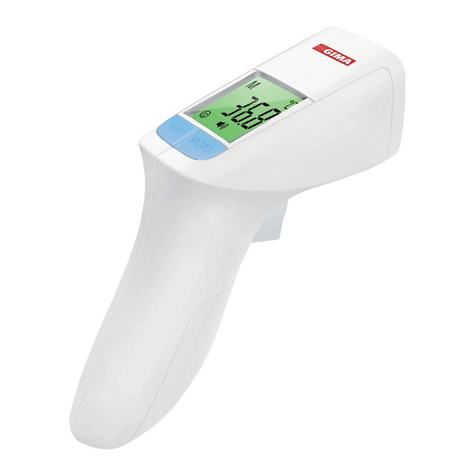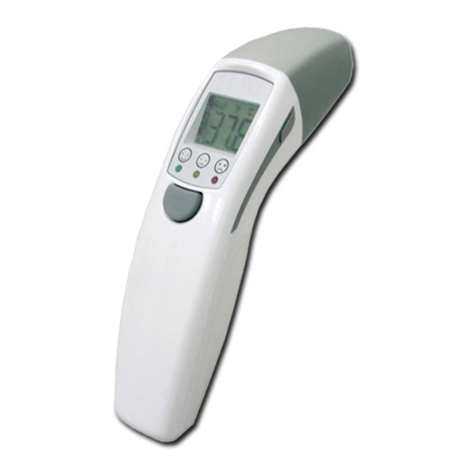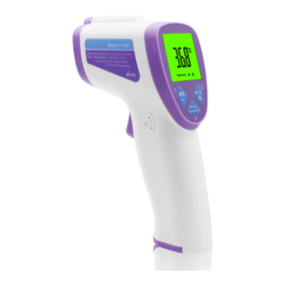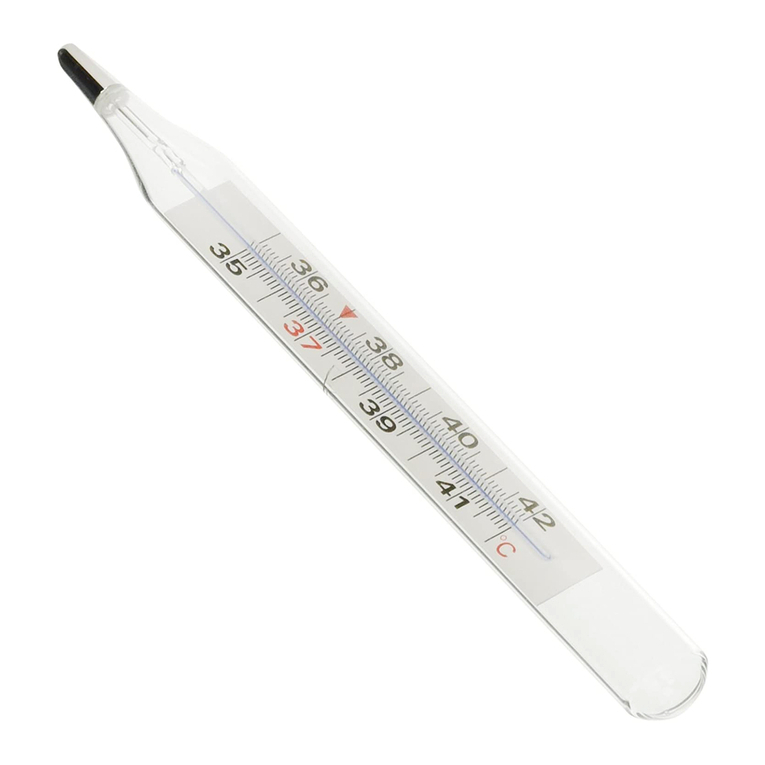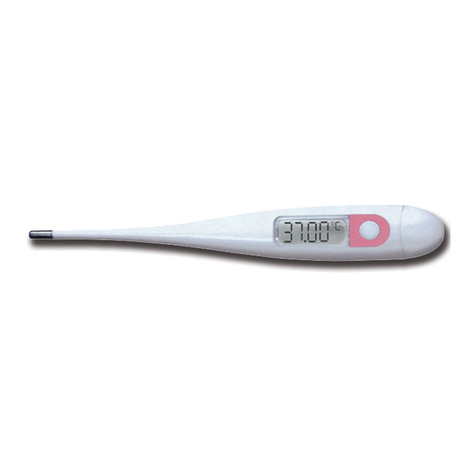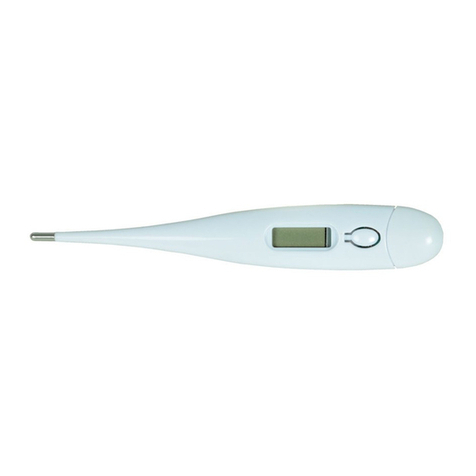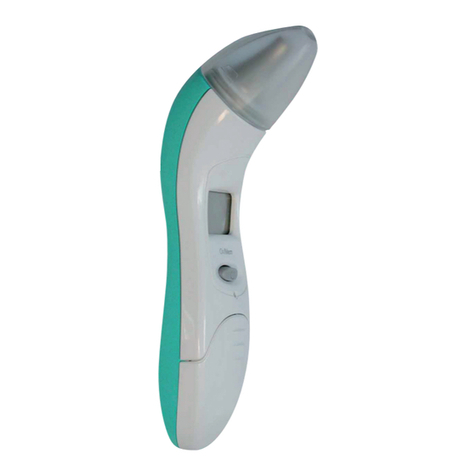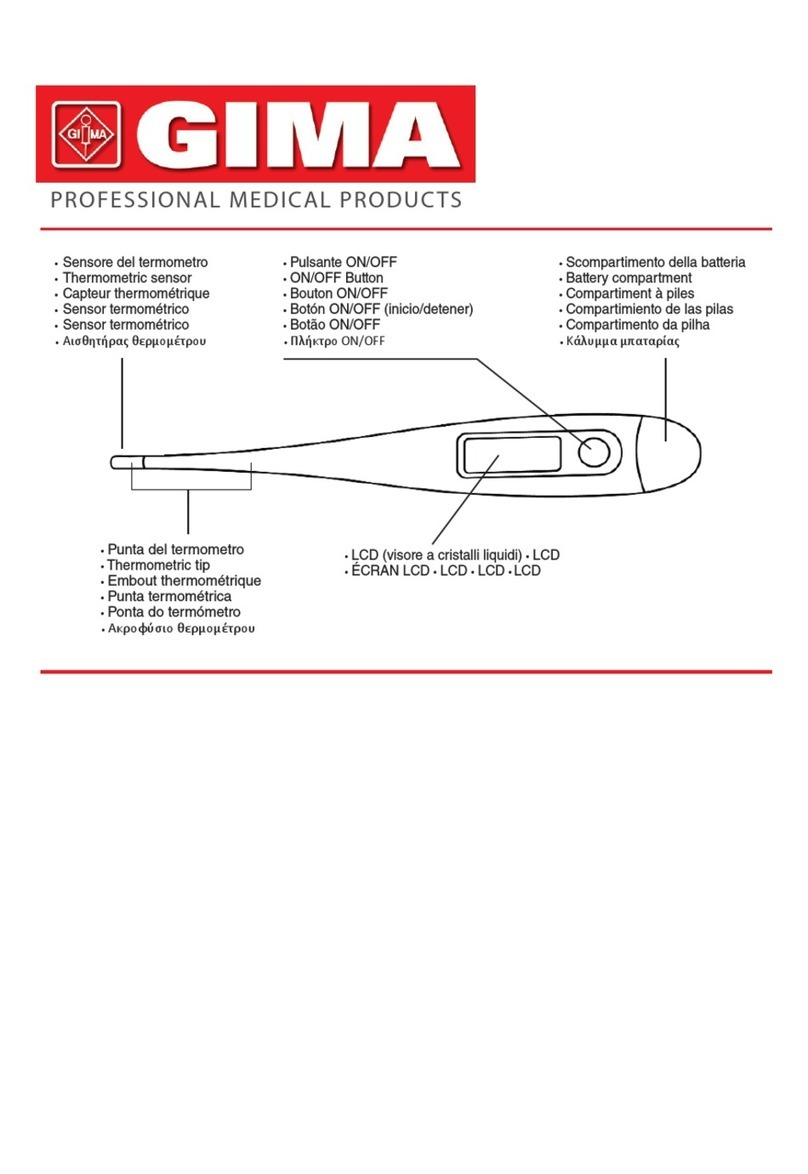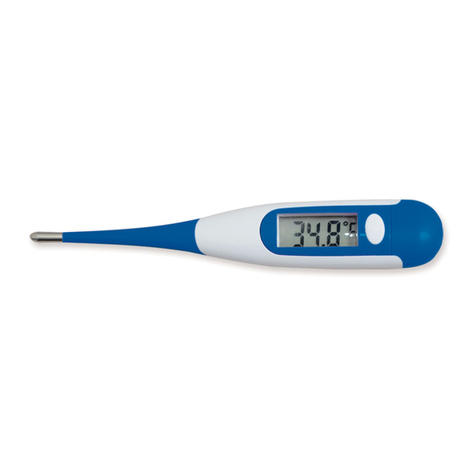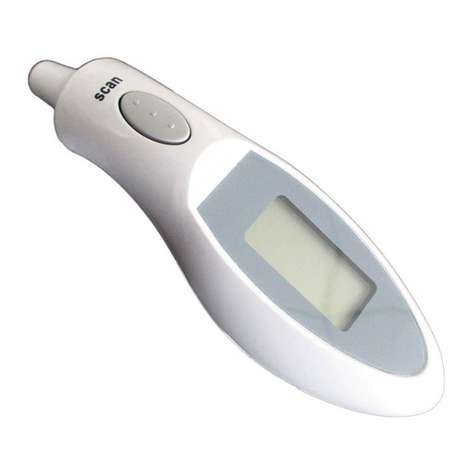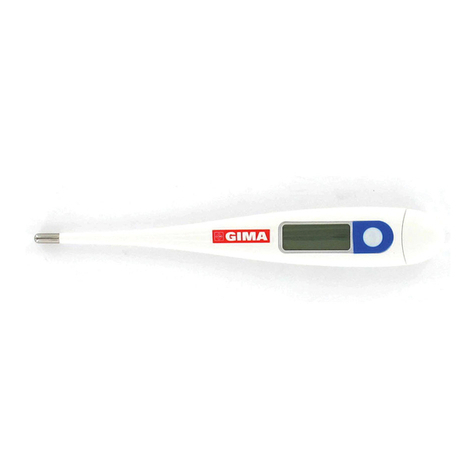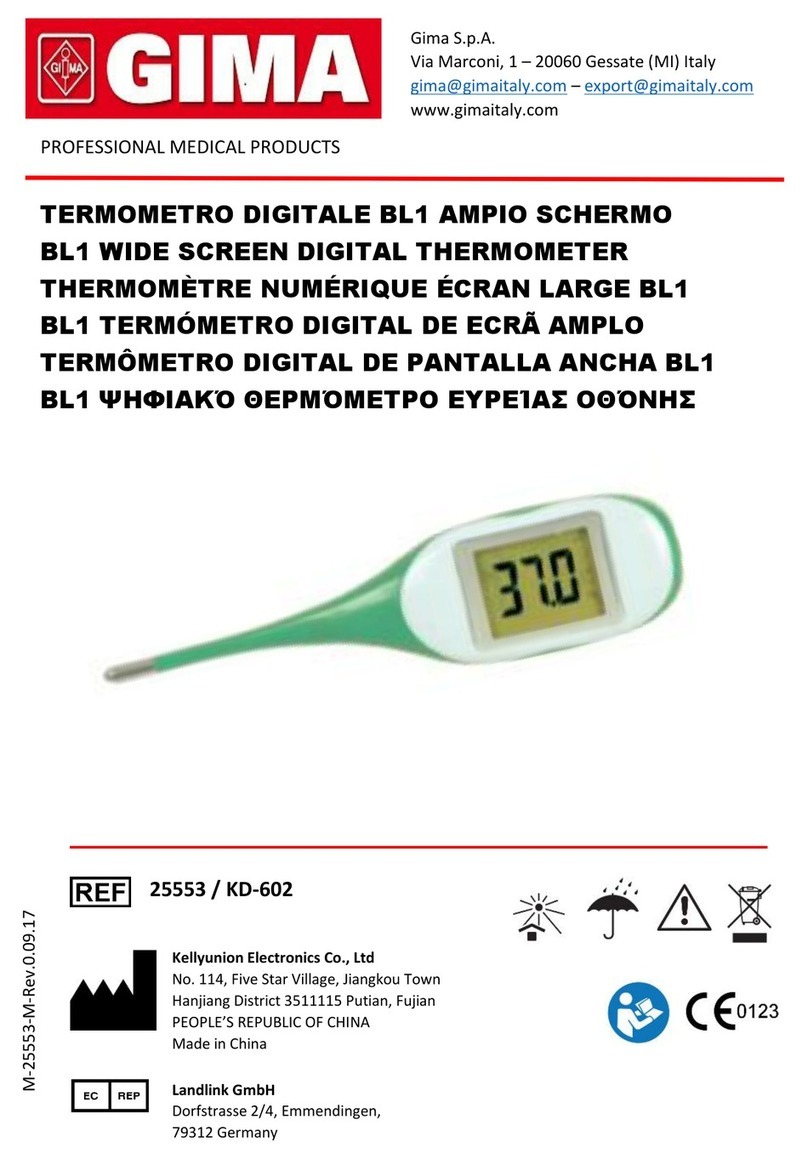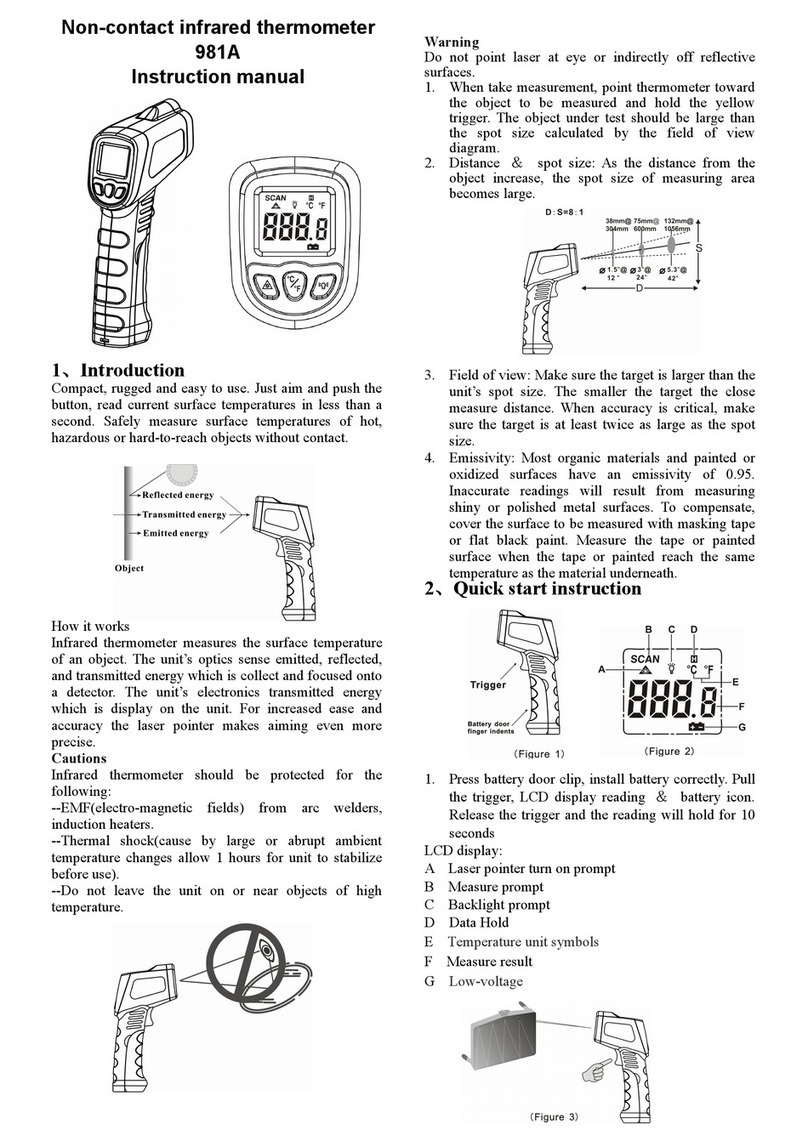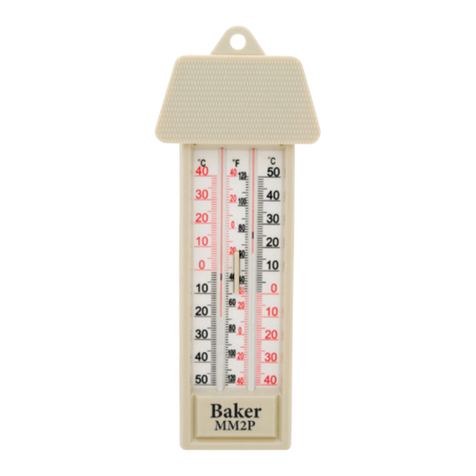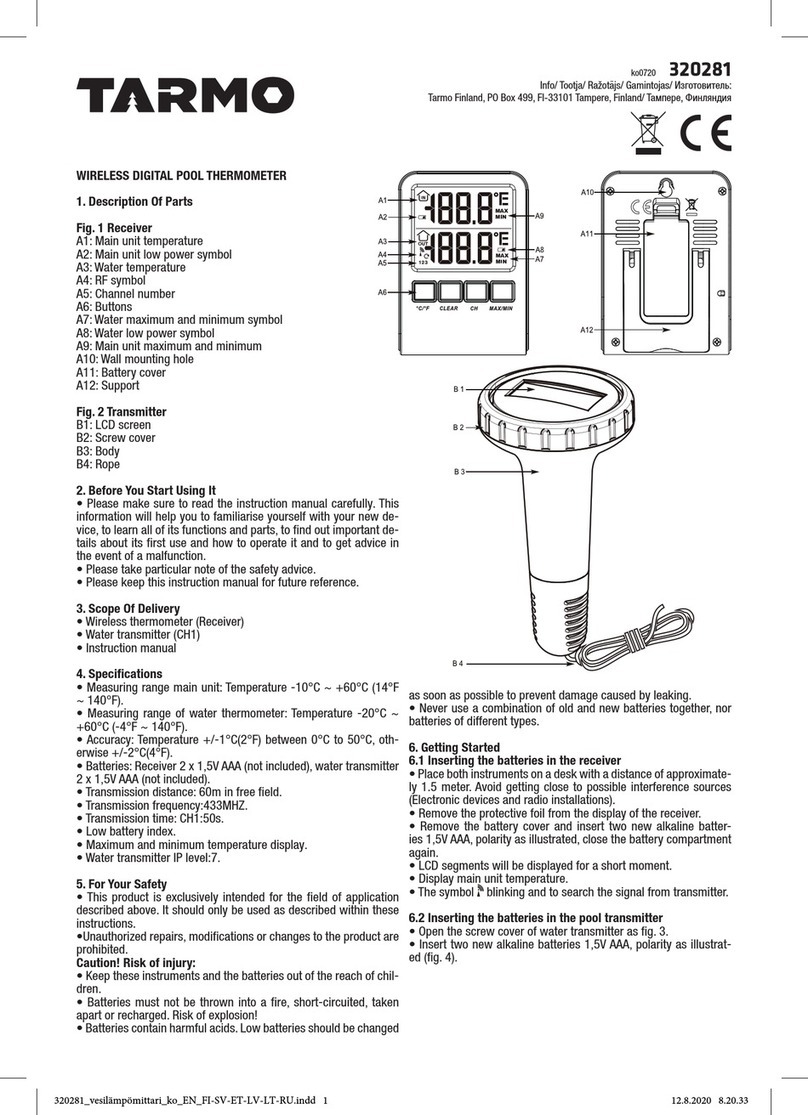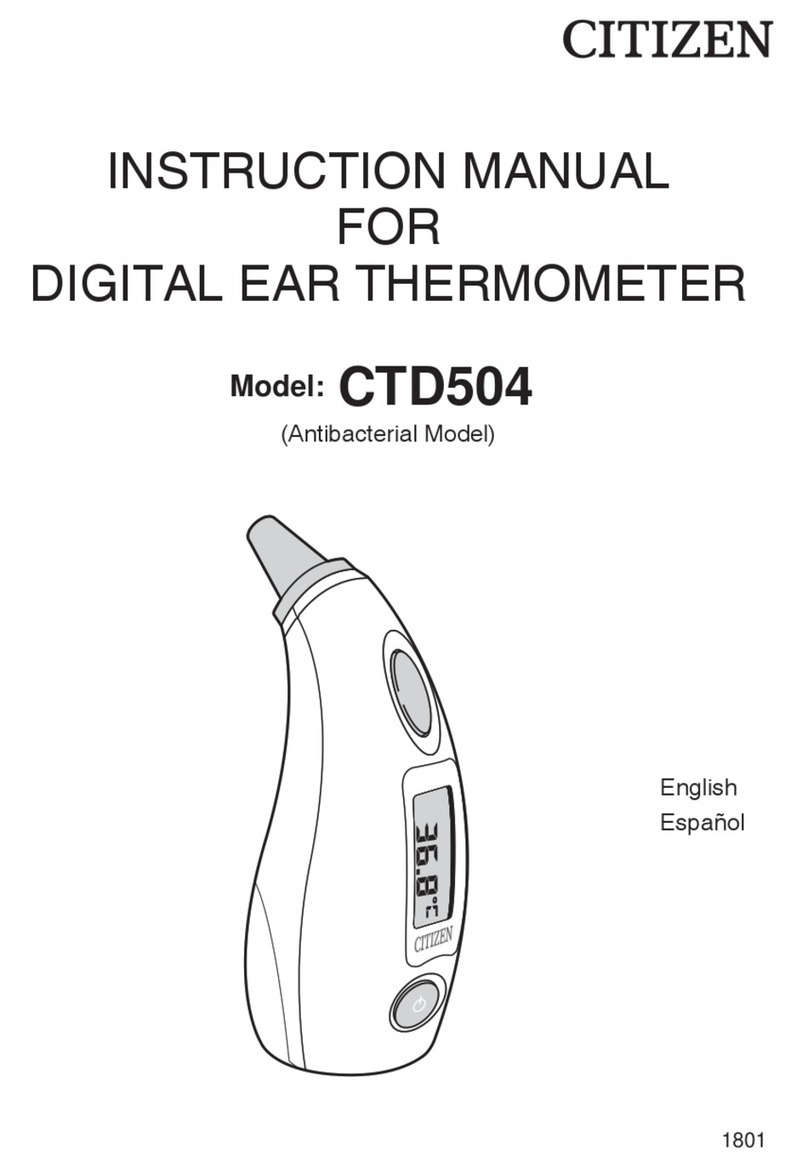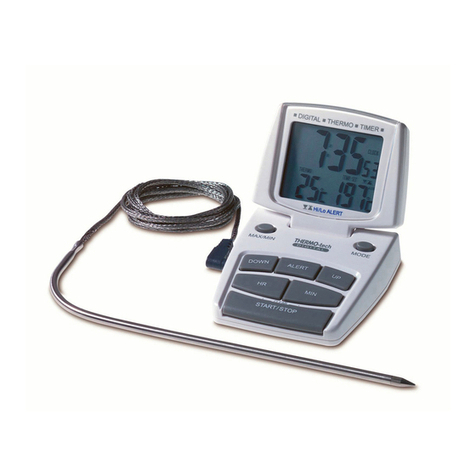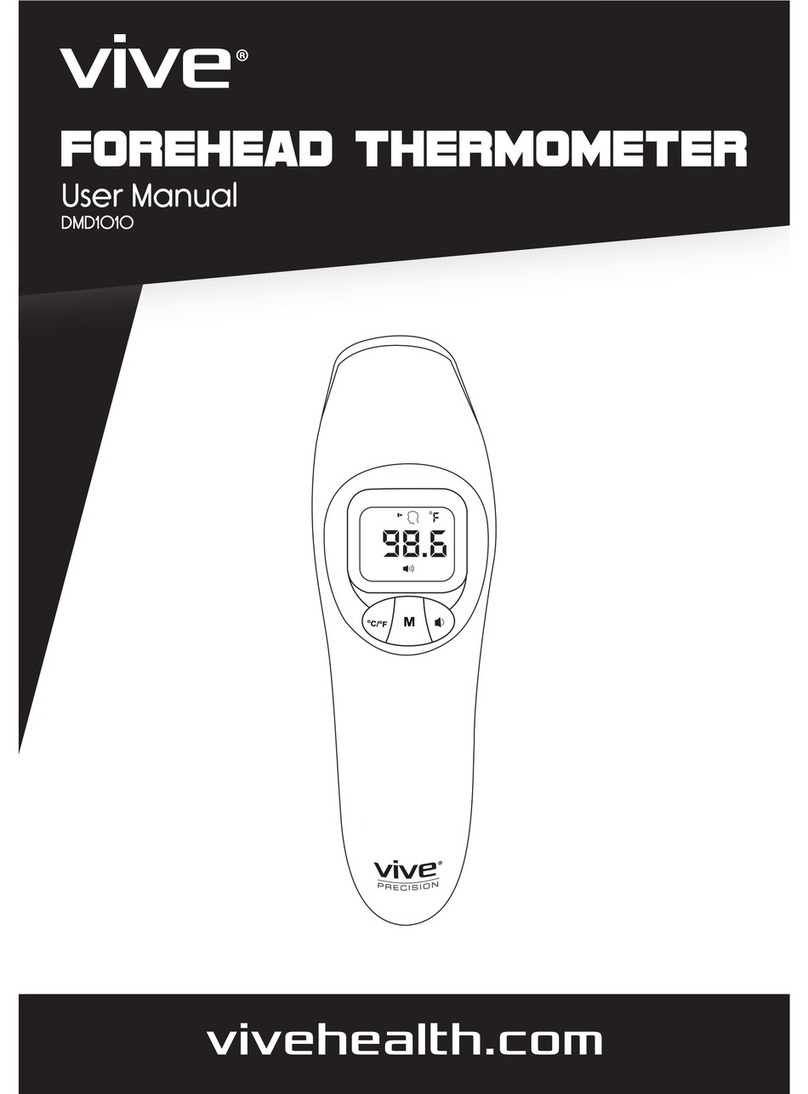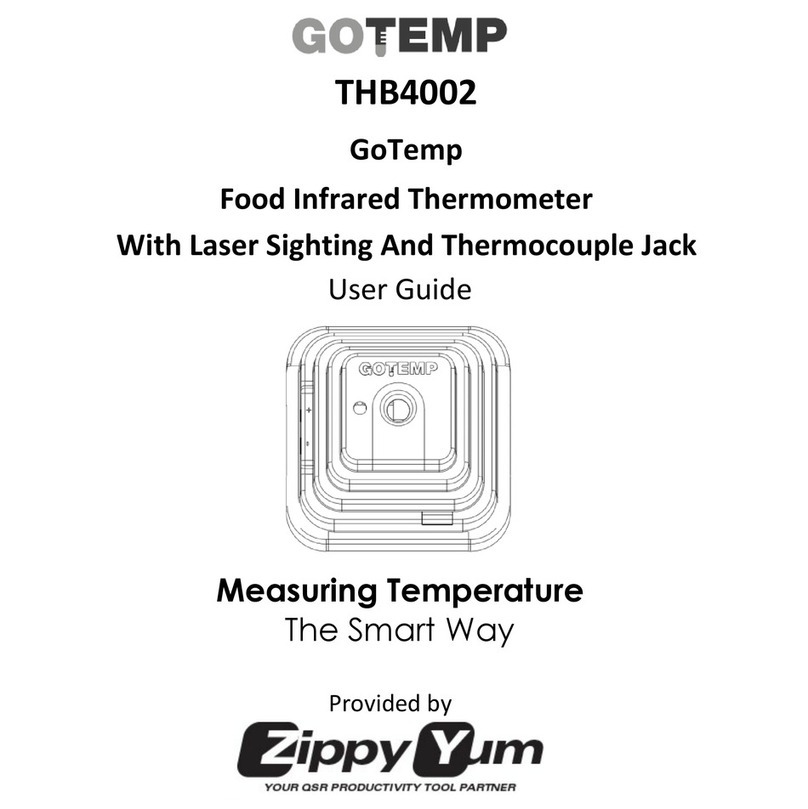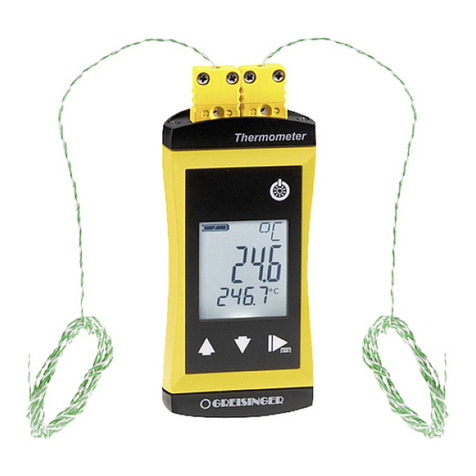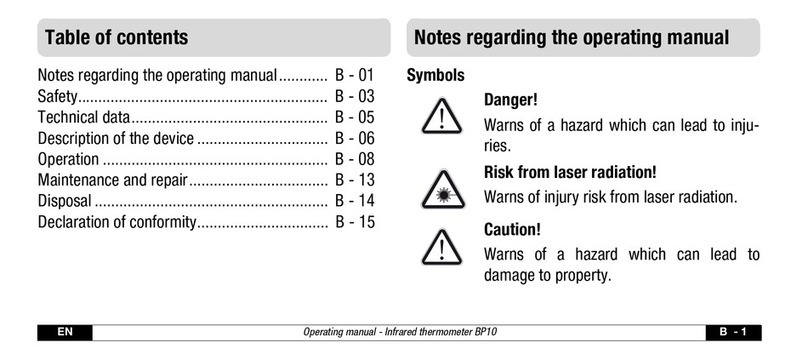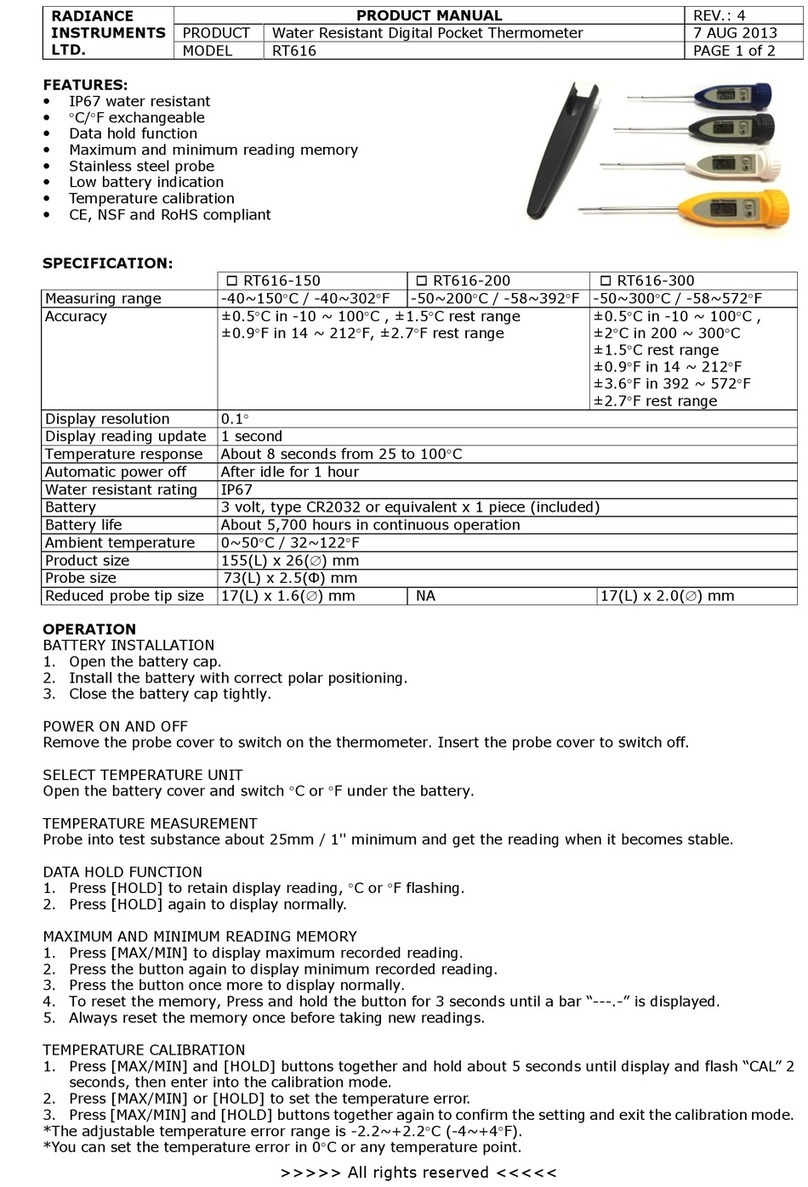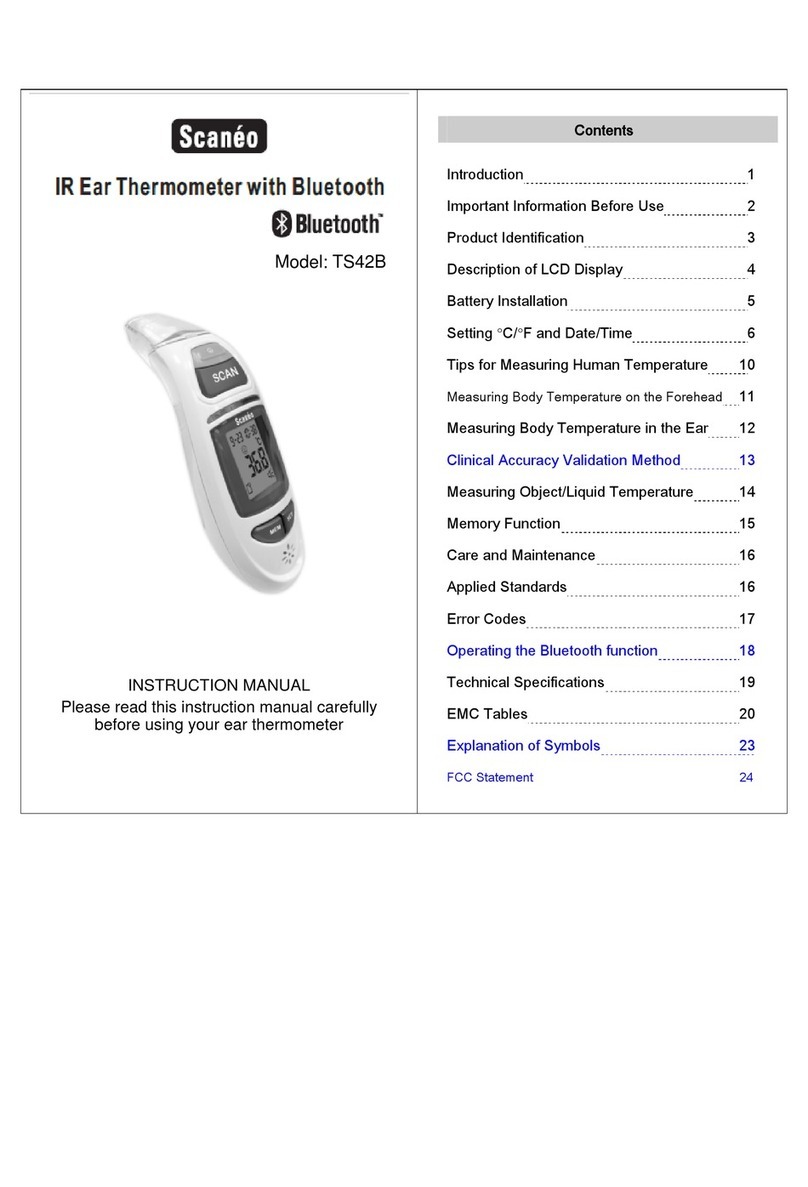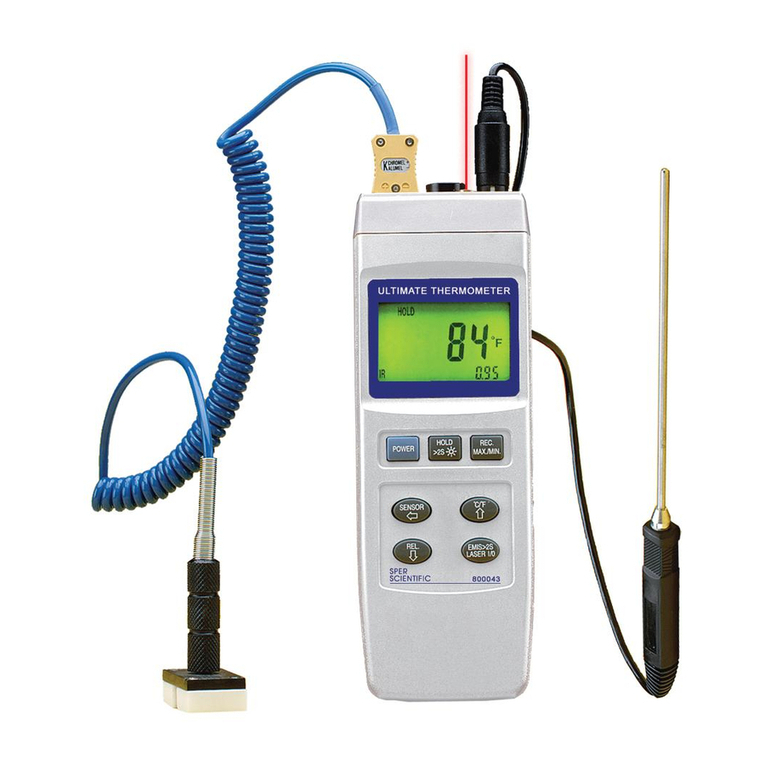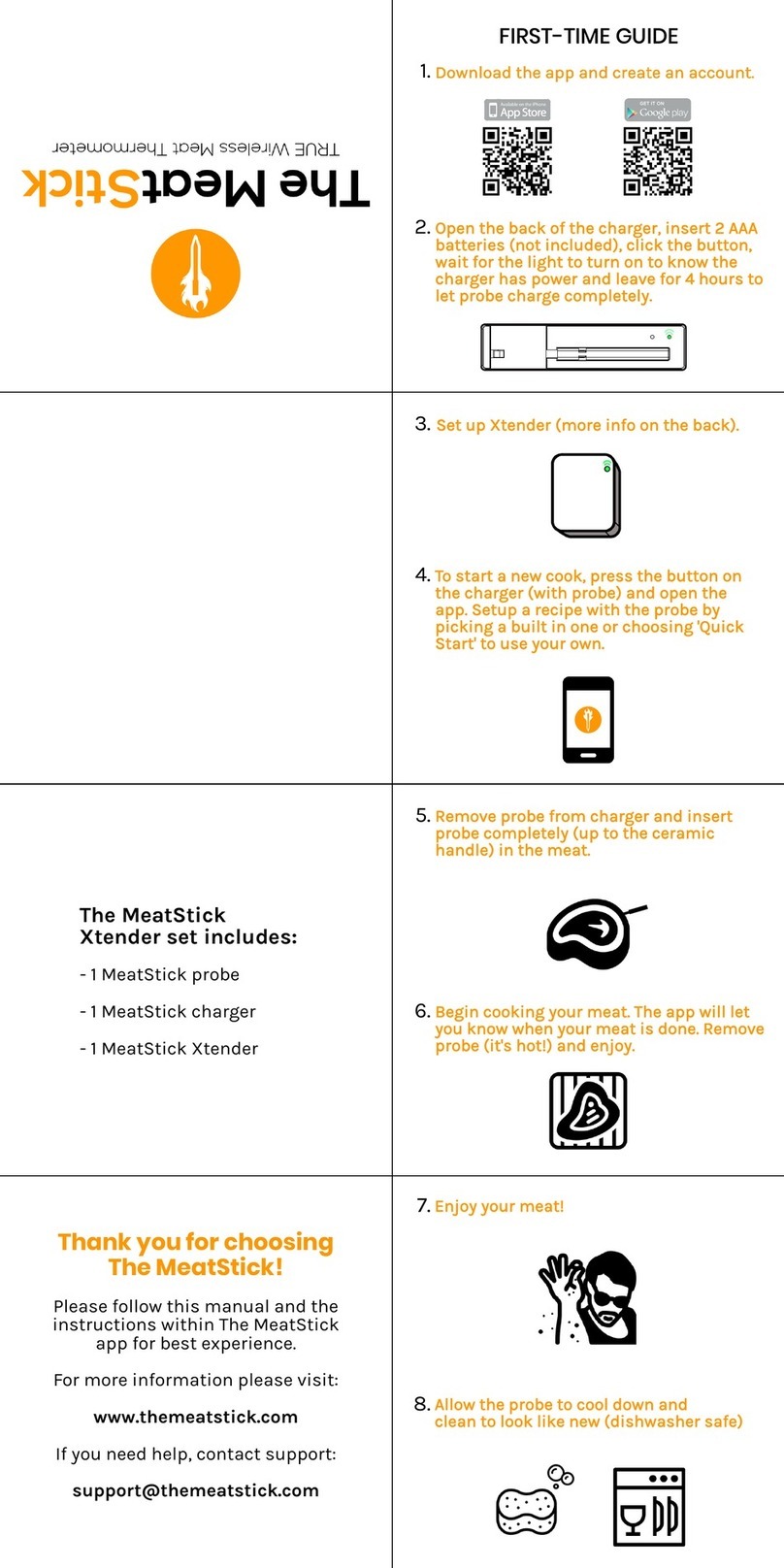
26
Guidance and manufacturer’s declaration – electromagnetic emissions
The device is intended for use in the electromagnetic environment specied below. The customer or
the user of the device should assure that it is used in such an environment.
Emissions test Compliance Electromagnetic environment – guidance
RF emissions
CISPR 11 Group 1 The device uses RF energy only for its internal function.
Therefore, its RF emissions are very low and are not
likely to cause any interference in nearby electronic equi-
pment.
RF emissions CISPR 11 Class B The device is suitable for use in all establishments, in-
cluding domestic establishments and those directly con-
nected to the public low-voltage power supply network
that supplies buildings used for domestic purposes
Guidance and manufacturer’s declaration – electromagnetic immunity
The device is intended for use in the electromagnetic environment specied below. The customer or
the user of the device should assure that it is used in such an environment.
Immunity test IEC 60601 test
level Compliance Electromagnetic environment –
guidance
Radiated RF
IEC 61000-4-3 10 V/m
80 MHz to 2.7 GHz
80% AM at 1KHz
10 V/m
80 MHz to 2.7 GHz
80% AM at 1KHz
Recommended separation distance
d= 1.2 √P
d= 1.2 √P 80 MHz to 800 MHz
d= 2.3 √P 800 MHz to 2.7 GHz
Where P is the maximum output power
rating of the transmitter in watts (W) ac-
cording to the transmitter manufacturer
and dis the recommended separation
distance in meters (m).
Field strengths from xed RF transmit-
ters, as determined by an electroma-
gnetic site survey,ashould be less than
the compliance level in each frequency
range.
Interference may occur
in the vicinity of equipment
marked with the following
symbol:
NOTA 1 At 80 MHz and 800 MHz, the higher frequency range applies.
NOTA 2 These guidelines may not apply in all situations. Electromagnetic propagation is affected by
absorption and reection from structures, objects and people.
aField strengths from xed transmitters, such as base stations for radio (cellular/cordless) telepho-
nes and land mobile radios, amateur radio, AM and FM radio broadcast and TV broadcast cannot
be predicted theoretically with accuracy. To assess the electromagnetic environment due to xed RF
transmitters, an electromagnetic site survey should be considered. If the measured eld strength in
the location in which the device is used exceeds the applicable RF compliance level above, the de-
vice should be observed to verify normal operation. If abnormal performance is observed, additional
measures may be necessary, such as reorienting or relocating the device.
